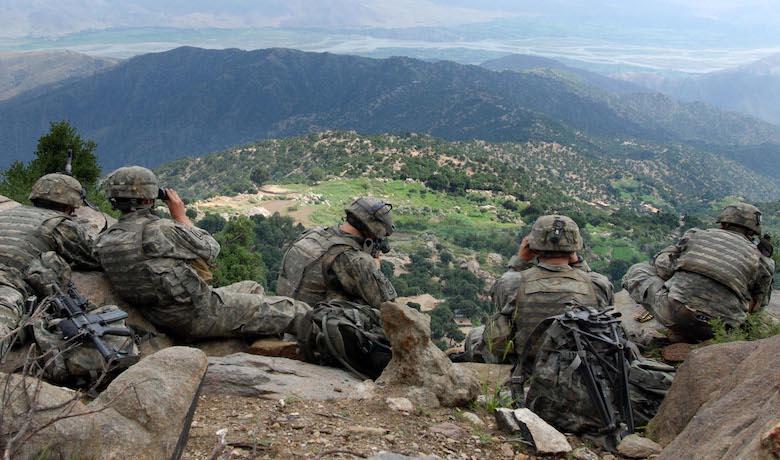Year Ahead – U.S. Civilian Harm Mitigation and Response

In August 2022, the U.S. Secretary of Defense released the Civilian Harm Mitigation and Response Action Plan (CHMR-AP) which lays out a series of measures the Department of Defense will implement over the coming years to enhance the services’ efforts to mitigate civilian harm during conflict and to appropriately respond whenever such harm occurs. In 2023, a major step toward implementation of this new policy will be the publication of a DoD Instruction (DoDI) detailing the CHMR program. The DoDI will need to provide guidance for Military Departments to: update doctrinal and operational concepts to incorporate CHMR principles; improve individual and unit training; and acquire capabilities to enhance battlefield awareness of civilian harm concerns. The DoDI will also need to issue guidance to Combatant Commands concerning integration of CHMR in operational planning and execution, civilian harm reporting requirements, and multi-national operations.
Further, to implement the CHMR-AP the DoDI will need to establish Civilian Harm Assessment and Investigation Coordinators at Combatant Commands (COCOM), who will manage Civilian Harm Assessment Cells (CHACs), a new staff section composed of subject matter experts in intelligence collection and analysis, joint fires, and civil-military relations. The CHACs will be charged with management of civilian harm allegation assessments and the implementation of information gathering processes. These features are expected to enable both the appropriate response to specific instances of civilian harm and to feed into a broader lessons-learned loop to inform planning and execution of future operations in the specific COCOM and DoD-wide.
Related to the lessons-learned effort, the Army is the Joint Proponent for execution of several CHMR-AP objectives, one of which will be the establishment of a Civilian Protection Center of Excellence (CP COE). The CP COE will serve as DOD’s hub for the institutionalization of best practices and repository for lessons learned to continually improve DOD’s efforts to reduce civilian harm during operations. It will also develop helpful capabilities for COCOMs to leverage when implementing CHMR, including reach-back support, deployable expert teams, exercise development, and professional education for CHAC members.
This year, the Army, as the Joint Proponent, also expects to develop a multi-service civilian harm investigation guide. The guide will supplement existing Service regulations to ensure robust and standardized investigations, separate from the assessments conducted by CHACs, as directed by the relevant commander. This guide will assist Combatant Commands and subordinate commanders in conducting investigations from start to finish, including Investigating Officer qualifications, required minimum questions, sources of information, and reporting processes in support of CHMR.
The CHMR-AP will be implemented by phase over the next four fiscal years (FY)—the efforts listed here are among those to be complete during Phase 1/FY23.
***
Colonel Kristy Radio is the Chief of National Security Law for the Office of the Judge Advocate General at the Pentagon.
Major Joey Sepulvado serves as the Chief of Operational Law Branch in the National Security Law Division, Office of The Judge Advocate General, Army Pentagon.
Photo credit: Staff Sgt. Brandon Aird, 173rd ABCT PAO
RELATED POSTS
Does International Law Still Matter in Ukraine?
January 4, 2023
–
The Legal Status of Unmanned Maritime (Naval) Systems: A Never-Ending Story?
by Wolff Heintschel von Heinegg
January 5, 2023
–
The Hurdles to International Regulation of AI Tools
by Ashley Deeks
January 5, 2023
–
The Coming Year’s Law of Armed Conflict Evolution
by Gary Solis
January 9, 2023
–
January 11, 2023
–
by Geoff Corn
January 11, 2023
–
Emerging Technologies and the Collection of Battlefield Evidence
by Chris Jenks and Eric Jensen
January 13, 2023
–
Compliance Continues to be the Most Under-Addressed Challenge
January 16, 2023


